Archives
- 2025-12
- 2025-11
- 2025-10
- 2025-09
- 2025-03
- 2025-02
- 2025-01
- 2024-12
- 2024-11
- 2024-10
- 2024-09
- 2024-08
- 2024-07
- 2024-06
- 2024-05
- 2024-04
- 2024-03
- 2024-02
- 2024-01
- 2023-12
- 2023-11
- 2023-10
- 2023-09
- 2023-08
- 2023-07
- 2023-06
- 2023-05
- 2023-04
- 2023-03
- 2023-02
- 2023-01
- 2022-12
- 2022-11
- 2022-10
- 2022-09
- 2022-08
- 2022-07
- 2022-06
- 2022-05
- 2022-04
- 2022-03
- 2022-02
- 2022-01
- 2021-12
- 2021-11
- 2021-10
- 2021-09
- 2021-08
- 2021-07
- 2021-06
- 2021-05
- 2021-04
- 2021-03
- 2021-02
- 2021-01
- 2020-12
- 2020-11
- 2020-10
- 2020-09
- 2020-08
- 2020-07
- 2020-06
- 2020-05
- 2020-04
- 2020-03
- 2020-02
- 2020-01
- 2019-12
- 2019-11
- 2019-10
- 2019-09
- 2019-08
- 2019-07
- 2019-06
- 2019-05
- 2019-04
- 2018-11
- 2018-10
- 2018-07
-
Here we studied the effects of BZ flurazepam FZ
2021-11-09
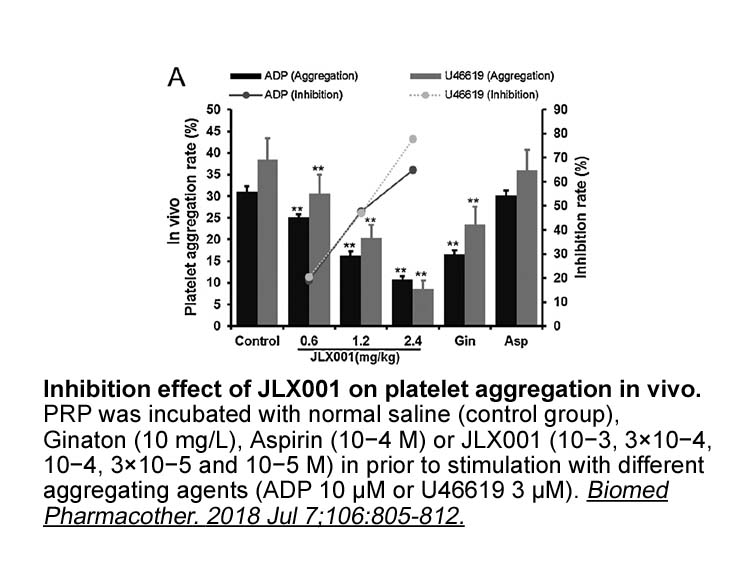
Here we studied the effects of BZ flurazepam (FZ) at high doses in acute and chronic settings of tolerance and dependence in GluR-A−/− mice (Zamanillo et al., 1999). We used measurements in which the phenomenon of “learning while intoxicated” should play only a minor role in order to find out the si
-
Importantly the levels of the pro inflammatory
2021-11-09

Importantly, the levels of the pro-inflammatory cytokines TNF-α and IL-1β and Nf-κB, a key transcription factor in chronic inflammatory responses that is activated by pro-inflammatory cytokines, were also reduced by the drugs, confirming our previous results that demonstrated anti-inflammatory effec
-
The effect of exercise on plasma ghrelin has previously
2021-11-09

The effect of exercise on plasma ghrelin has previously been investigated mostly in humans using exercise regimens such as treadmill running, cycling, and rowing, and also in a few rodent studies and in some other animal models. While many of these clinical studies and some preclinical studies demon
-
A comparison of our results with literature data on
2021-11-09
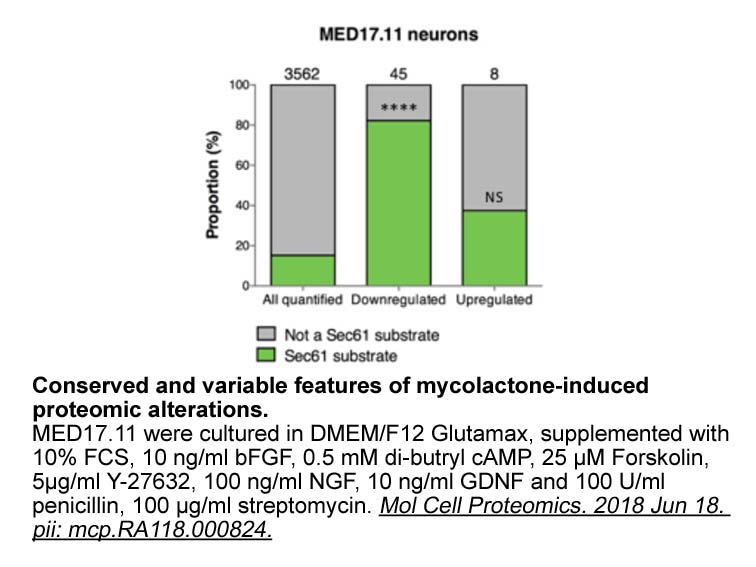
A comparison of our results with literature data on the action of pregnane and androstane steroids on the functional activity of NMDAR, GABAAR and GlyR enables us to draw the following conclusions. First, androstane steroids (with no substituents at C-17) at a concentration up to 50 μM do not affect
-
Finally the optimized leads and were tested in rat model
2021-11-09

Finally, the optimized leads (−)- and (−)- were tested in rat model of CIPN (3 and 30 mg/kg, po, qd, administered for 7 days) and the results have been shown in . Under acute set up, after single oral administration at 30 mg/kg, both the compounds exerted significant improvement of the NP condition
-
We also intended to determine
2021-11-09

We also intended to determine the possible mechanism underlying EZH2 upregulation in the PC. Although no recurrent mutations of EZH2 have been described in CLL [27, 28, 29], we aimed to rule out the possibility of activating mutations in the background of EZH2 overexpression. We detected no mutation
-
Over the years a number of
2021-11-09
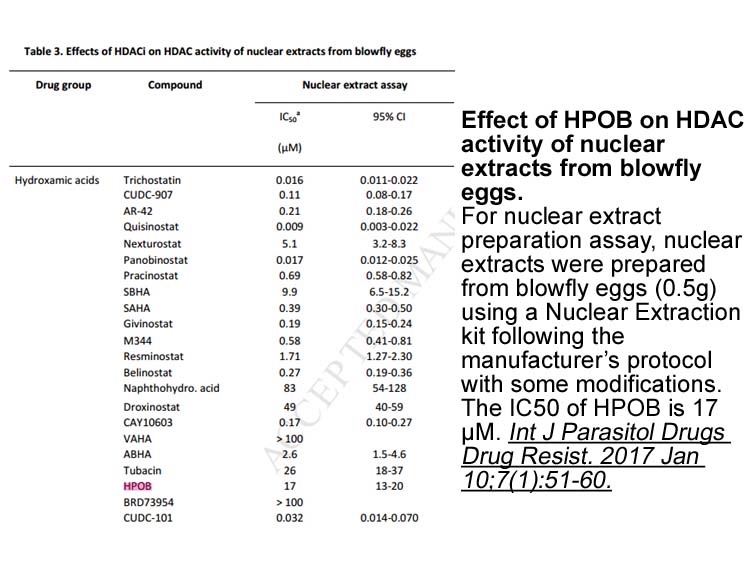
Over the years, a number of studies have reported results concerning the behavior of the two endothelin receptor subtypes, ETA and ETB, that do not fit the classical model of two G protein-coupled receptors acting independently of one another. For example, in the rat anterior pituitary gland, both E
-
The neotropical fish Prochilodus lineatus has been widely us
2021-11-08
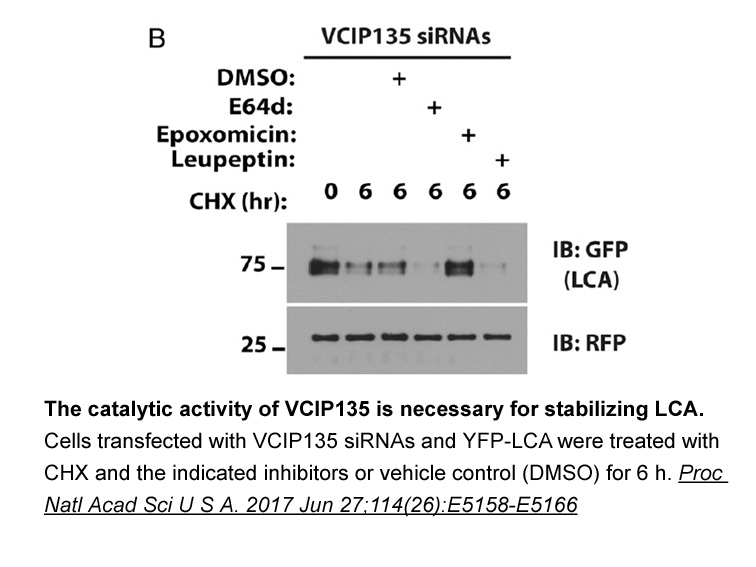
The neotropical fish Prochilodus lineatus has been widely used in experimental designs for being sensitive to variations in water quality and tolerant to laboratory conditions (Camargo and Martinez, 2006, Cazenave et al., 2014, da Silva and Martinez, 2014, Vieira et al., 2016). Concern and reports a
-
br Modulators of the GUCY C cGMP PDEs
2021-11-08
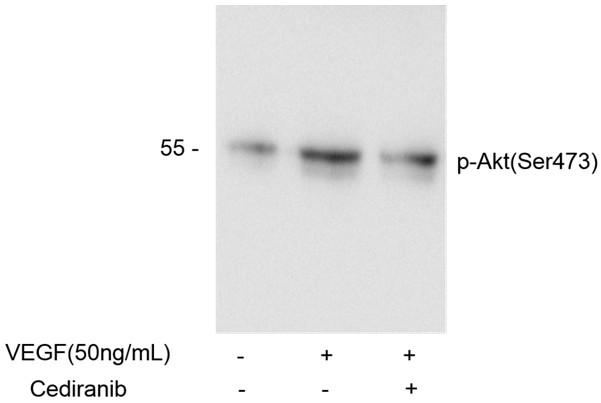
Modulators of the GUCY2C/cGMP/PDEs signaling pathways for CRC prevention and therapy (pre-clinical and clinical development) Several modulators of the GUCY2C/cGMP/PDEs signaling pathways, including GUCY2C agonists and PDEs inhibitors, have been developed and explored as chemopreventive agents for
-
Also in this work we investigated the correlated signaling
2021-11-08
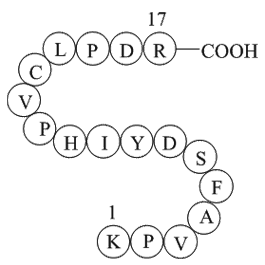
Also in this work, we investigated the correlated signaling pathways of GSK-3 inhibition in protecting bupivacaine-induced DRG neurotoxicity. Through western blot assay, we demonstrated that, SB216763 suppressed protein productions of p-GSK-3 α/β and Casp-3, but increased protein production of PKC,
-
Also in this work we investigated the correlated signaling
2021-11-08

Also in this work, we investigated the correlated signaling pathways of GSK-3 inhibition in protecting bupivacaine-induced DRG neurotoxicity. Through western blot assay, we demonstrated that, SB216763 suppressed protein productions of p-GSK-3 α/β and Casp-3, but increased protein production of PKC,
-
The intracellular signaling that mediates the adipogenesis i
2021-11-08

The intracellular signaling that mediates the adipogenesis induced by GPR120 still remains largely unknown. In the present study we showed that TUG-891 induced the activation of [Ca2+]i and ERK1/2 signaling in 3T3-L1 cells. Moreover, incubation of TUG-891 combined with BAPTA-AM or U0126 abolished TU
-
To maintain low Glu concentrations in
2021-11-08
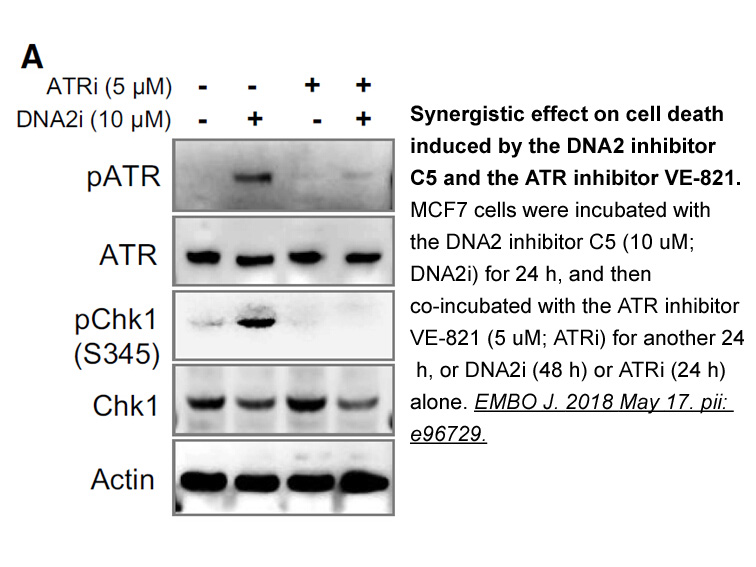
To maintain low Glu concentrations in the synaptic cleft below the affinity of its receptors, this amino rxr receptor is rapidly removed from the extracellular space by a family of sodium-dependent high-affinity transport systems located mainly in the plasma membrane of perisynaptic astrocytes, and
-
dabigatran etexilate The unique mechanism of EAAT anion chan
2021-11-08
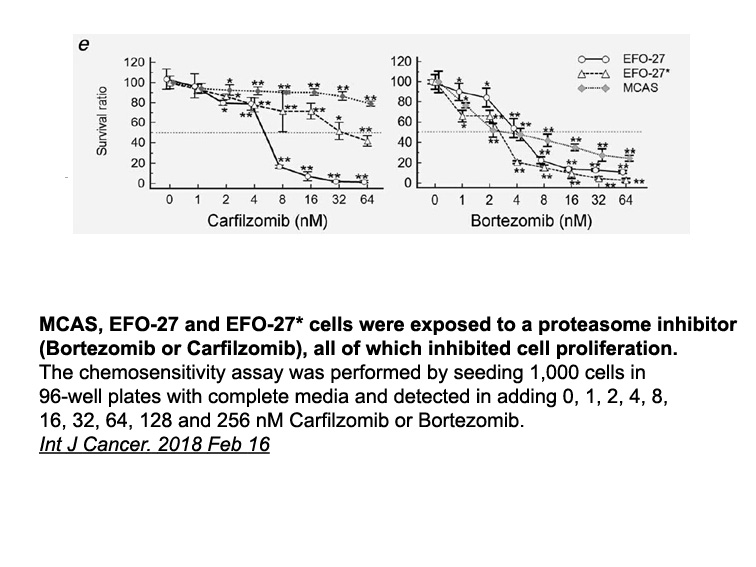
The unique mechanism of EAAT anion channel gating results in neuronal or glial anion conductances that follow changes in substrate concentrations and thus allow feedback control of glutamate release (Wersinger et al., 2006) or modification of GABAergic postsynaptic currents by glutamatergic signals
-
Young et al described the role of adenine monophosphate acti
2021-11-08
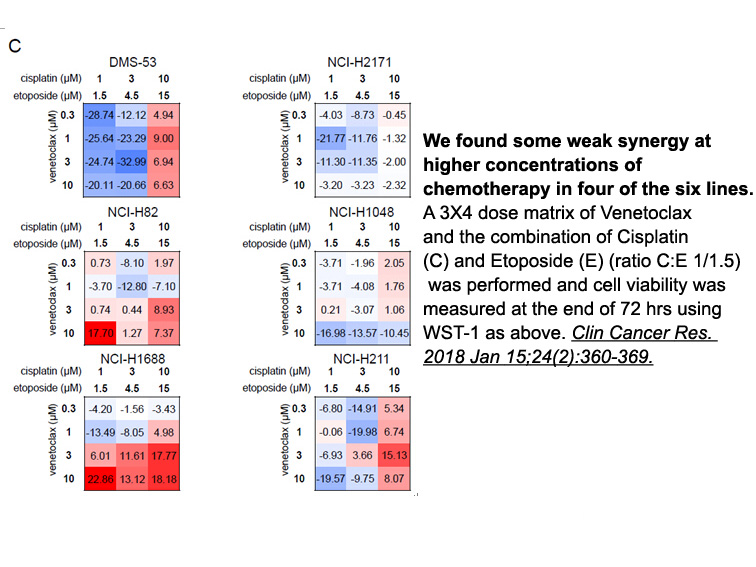
Young et al. [40] described the role of adenine monophosphate-activated protein kinase (AMPK) in the translocation of GLUT4 in the heart. The AMPK is activated during muscle contraction [74] by converting AMP to ATP. The adenosine analog, 5-aminoimidazole-4-carboxamide ribonucleotide (AICAR), is a c
16227 records 555/1082 page Previous Next First page 上5页 551552553554555 下5页 Last page